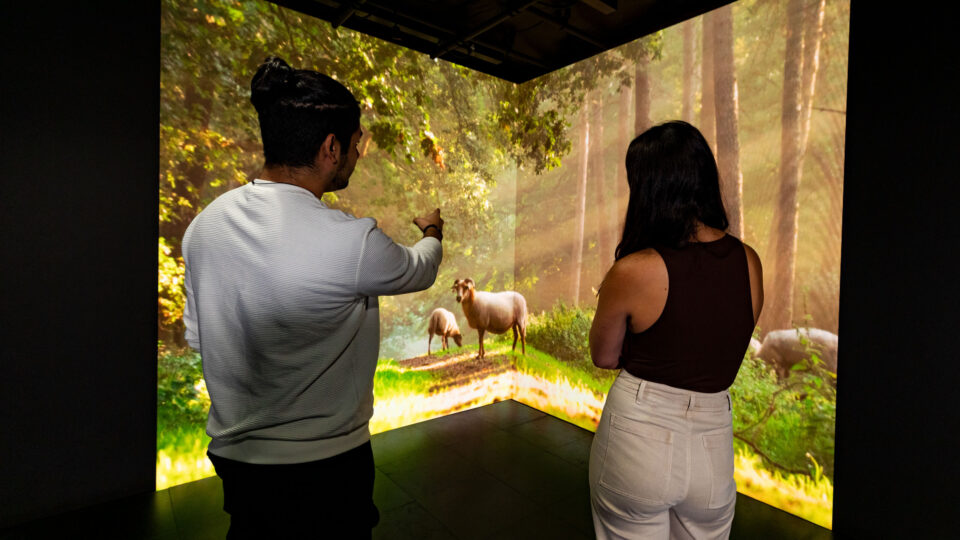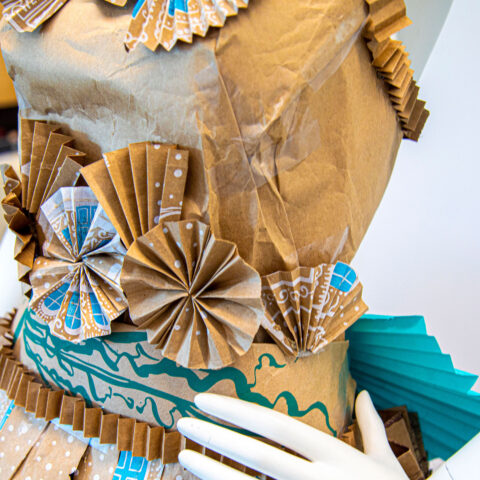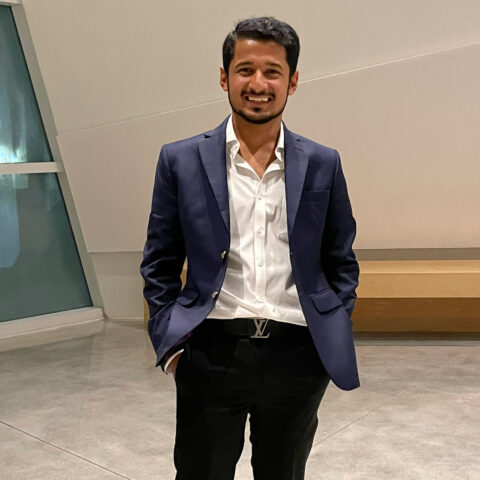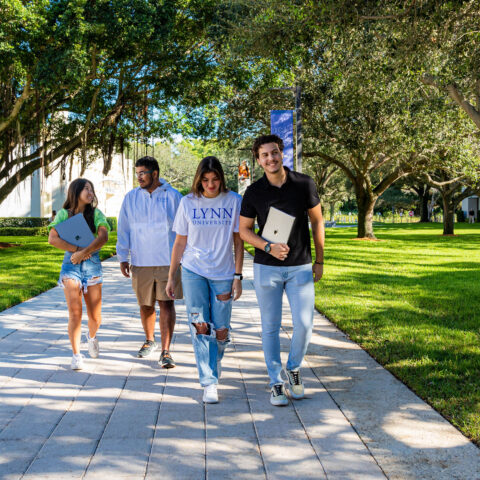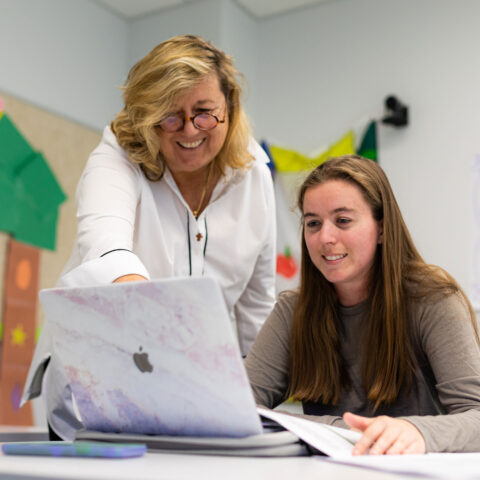An interview with Dean Cesar Santalo
A firm handshake and a welcoming nod were the first things Cesar Santalo offered. And as with all great storytellers, what followed was an engaging conversation filled with passion and hope for the future. As the dean of the Eugene M. and Christine E. Lynn College of Communication and Design, Santalo is always on the move—whether he's finding competitive advantages that came from Lynn University’s 2017 acquisition of the Digital Media Arts College (DMAC), leveraging a production company's donation of an LED Volume Wall or creating an unconventional museum for the university.
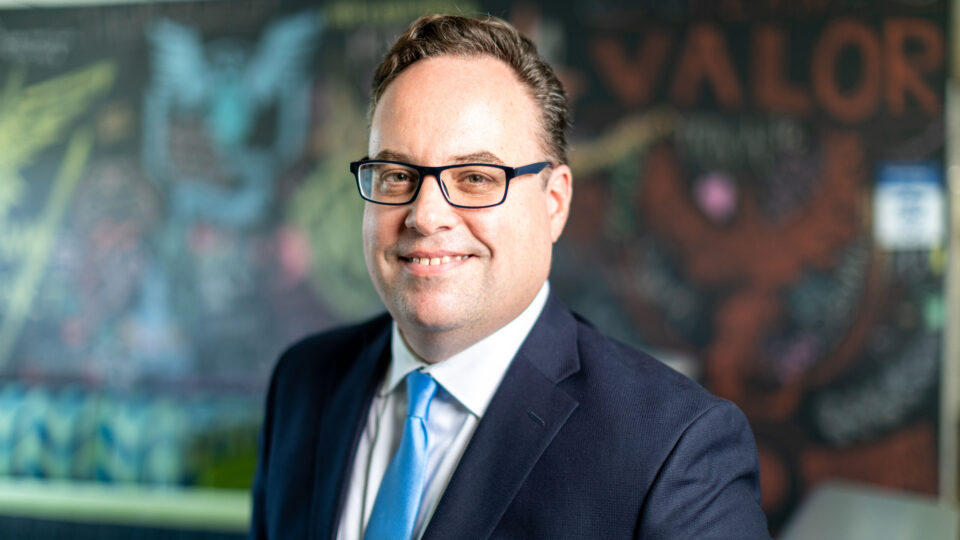
"One of the things that makes our college unique is that we are not just an art and design college, we are a design and communication program," said Santalo as he leans forward in his chair, nodding, contemplating and ready to embrace any challenge. "That's a huge distinction. We have to capitalize on that."
A foundation for growth
A monumental shift took place in 2017 when Lynn signed an agreement to purchase DMAC's assets. This strategic move allowed Lynn's College of International Communication to evolve into what is now the College of Communication and Design. Lynn began offering a combination of DMAC and Lynn programs that included graphic and web design, game art, visual effects, and film and television to name a few.
"You had this culture here, already set, with a very small presence in design. Then DMAC comes along, and you suddenly have these highly skilled design professionals who worked to find their home here at Lynn. One of my biggest priorities has been to maintain and strengthen that relationship," said Santalo.
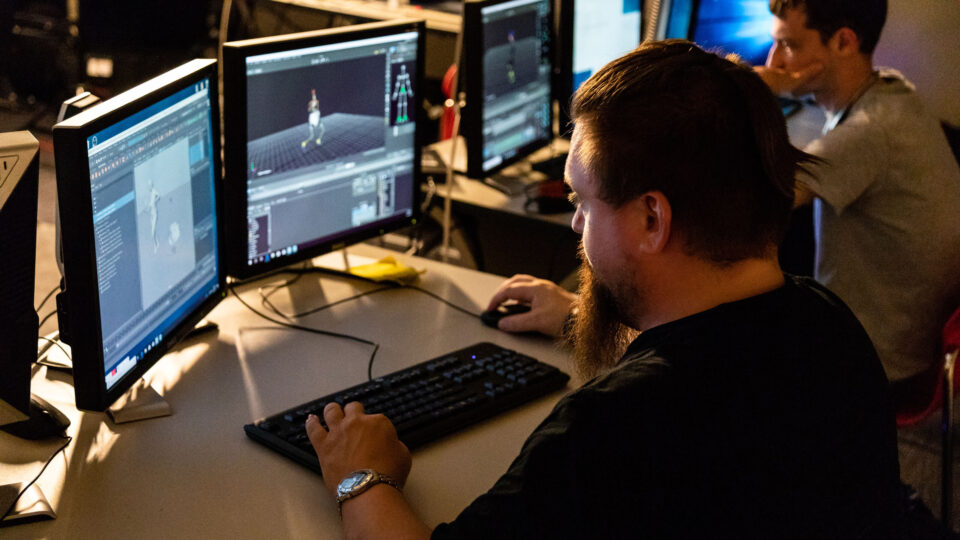
Networking 101
Santalo's passion for his work also led him to create the Dean's Strategic Advisory Council, which was built with the help of associate deans and faculty at Lynn. The advisors consist of respected arts and entertainment professionals from companies such as Netflix, Pixar, TelevisaUnivision, Telemundo, BrandStar and even local schools. The council, which also incorporates alumni from Lynn, allows Santalo and company to evaluate curriculums, offer internships and most importantly, help create jobs for students.
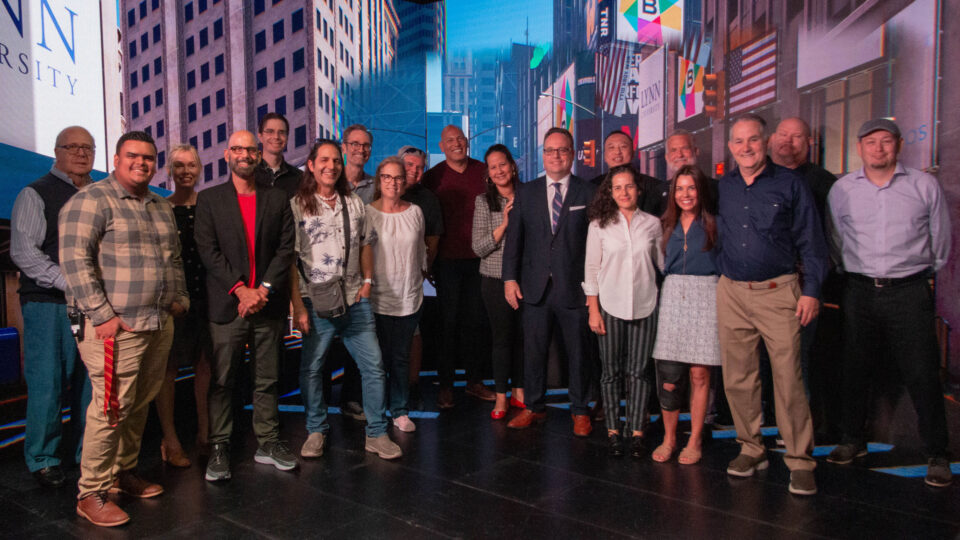
It is the relationships that Santalo is building through this group that led him to the founder and CEO of BrandStar, Mark Alfieri, the man responsible for donating a striking LED Volume Wall and the Mo-Sys tracking system that works in conjunction with the LED wall and cameras—offering Lynn unprecedented access to the latest in virtual production technology.
"Students will not only create these amazing backdrops for actors and storytellers, but they will learn how to actually work inside the Unreal Engine, which is highly used in the gaming industry," said Santalo. "This experience will set them apart from other job candidates."
Uncharted space
Out of all the accomplishments and changes, nothing has been more unexpected than the creation of the NFT Museum. For common folks, it's a bit of a mystery. For Santalo, an artist, the NFT museum is a game changer.
NFTs, or nonfungible tokens, allow digital art to be tokenized through crypto platforms. In turn, the process makes it easy for artists to authenticate and benefit from their original artwork.
Even before Santalo joined Lynn, he paid attention to the university's appetite for digital innovation, evidenced by its iPad-powered learning program. And as he explored digital opportunities for the university over dinner with his son, he was aware that Lynn did not have a museum—at the time, NFTs were in their infancy. Santalo quickly realized he could authenticate a JPEG file and curate a collection without requiring large storage or display facilities. "Digital art has provenance and proof of ownership now. I can show its uniqueness anywhere in the world. So, I started thinking some more," said Santalo with a smile from ear to ear.
Santalo worked with the college's professors, staff, students and alumni, as well as his professional contacts in the art world, to bring the Lynn NFT Museum to life.
Lynn's NFT Museum launched in 2022, opening its doors not only to enthusiasts but to the world.
"I don't need 3,000 square feet. If you give me a hallway, I can show an audience 300 pieces of original artwork in an hour. We're building a new art ecosystem and experience throughout the university while simultaneously rethinking what a museum can be globally," said Santalo, who has caught the attention of institutions like Florida International University, Miami Dade College and Pratt Institute for his innovative approach to the traditional gallery.
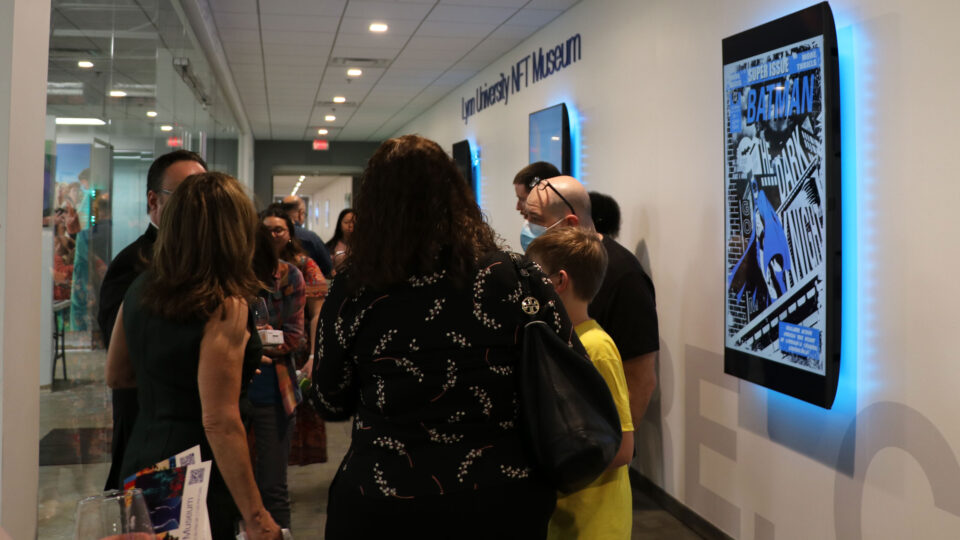
Today, art lovers can view the NFT museum on digital screens at the legendary BRiC (Boca Raton Innovation Campus), home of the former IBM facility, at American College Dublin in Ireland and right here at Lynn, inside the College of Communication and Design.
Hope for the future
As passionate as he is about the work that they're doing in the college, Santalo is aware that sometimes novel ideas take time for people to embrace, and the real reward takes time to set in. But he doesn't write it off as a daunting challenge; he welcomes it as an opportunity to inspire.
"We have plans for more events and programs to educate students so that they truly understand all the doors we're opening for them," he said. "One of the greatest things we can do as a college is build relationships. The more we can do that, the better the student experience will be and the opportunities we can provide as a university."
